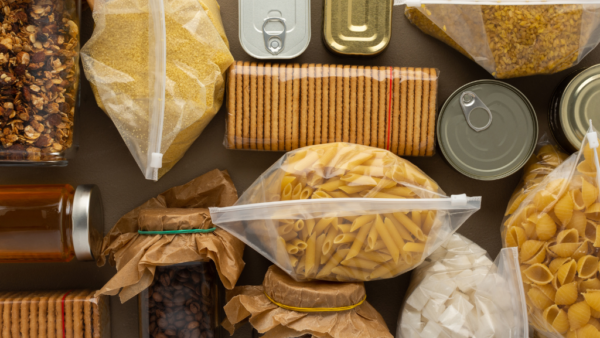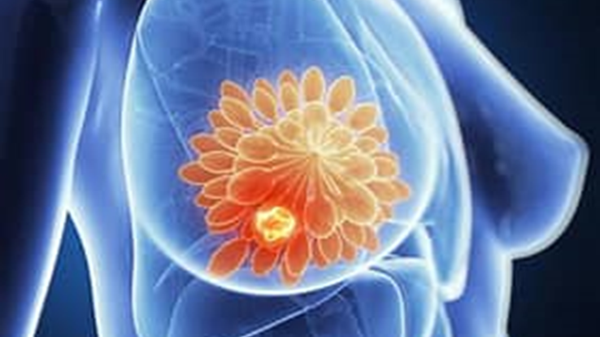
Food Packaging and Breast Cancer
A recent study has revealed the presence of nearly 200 chemicals linked to breast cancer in food packaging and plastic tableware. Of these, 76 known or potential carcinogens were detected in human bodies, posing significant concerns about cancer risks, particularly breast cancer. These chemicals, including bisphenols, phthalates, and per- and poly-fluoroalkyl substances (PFAS), are known to migrate into food, making them a serious public health concern.
Breast cancer is influenced by several factors, with exposure to endocrine-disrupting chemicals being a significant risk. In 2007, Silent Spring Institute identified 216 chemicals that cause mammary tumors in rodent studies, which are critical for determining cancer risks. In a 2024 update, this list expanded to 921 chemicals, 642 of which can stimulate estrogen or progesterone production—both of which are linked to breast cancer development. This highlights the potential for these chemicals to interfere with hormonal systems, increasing breast cancer risk.
Many of these chemicals continue to be used in food packaging, despite being classified as hazardous by regulatory bodies. For example:
- Benzene, a known carcinogen, is linked to breast cancer in both animals and humans.
- 2,4-Toluenediamine has been shown to cause breast and other cancers in animals.
- Bisphenol A (BPA) is an endocrine disruptor linked to breast cancer through its ability to mimic estrogen.
Phthalates and PFAS are other significant concerns. Phthalates have been associated with breast cancer, childhood obesity, and cardiovascular issues. PFAS, often referred to as “forever chemicals,” are particularly dangerous because they do not break down in the environment and are linked to various cancers, including breast cancer. These chemicals are used in food packaging materials to make them more durable, flexible, or grease-proof, but they leach into the food we consume.
The study found that these toxic substances are not only present in plastics but also in paper and cardboard packaging, which contain additives like adhesives and emulsifiers that contribute to the contamination of food. This widespread contamination highlights the pressing need for regulatory intervention to prevent further exposure.
Overall, the findings underscore the role of chemicals in food contact materials as a significant, yet often overlooked, factor in breast cancer risk. The study emphasizes the need for stronger regulatory actions to eliminate these carcinogens from food packaging and protect public health.




Leave a Reply